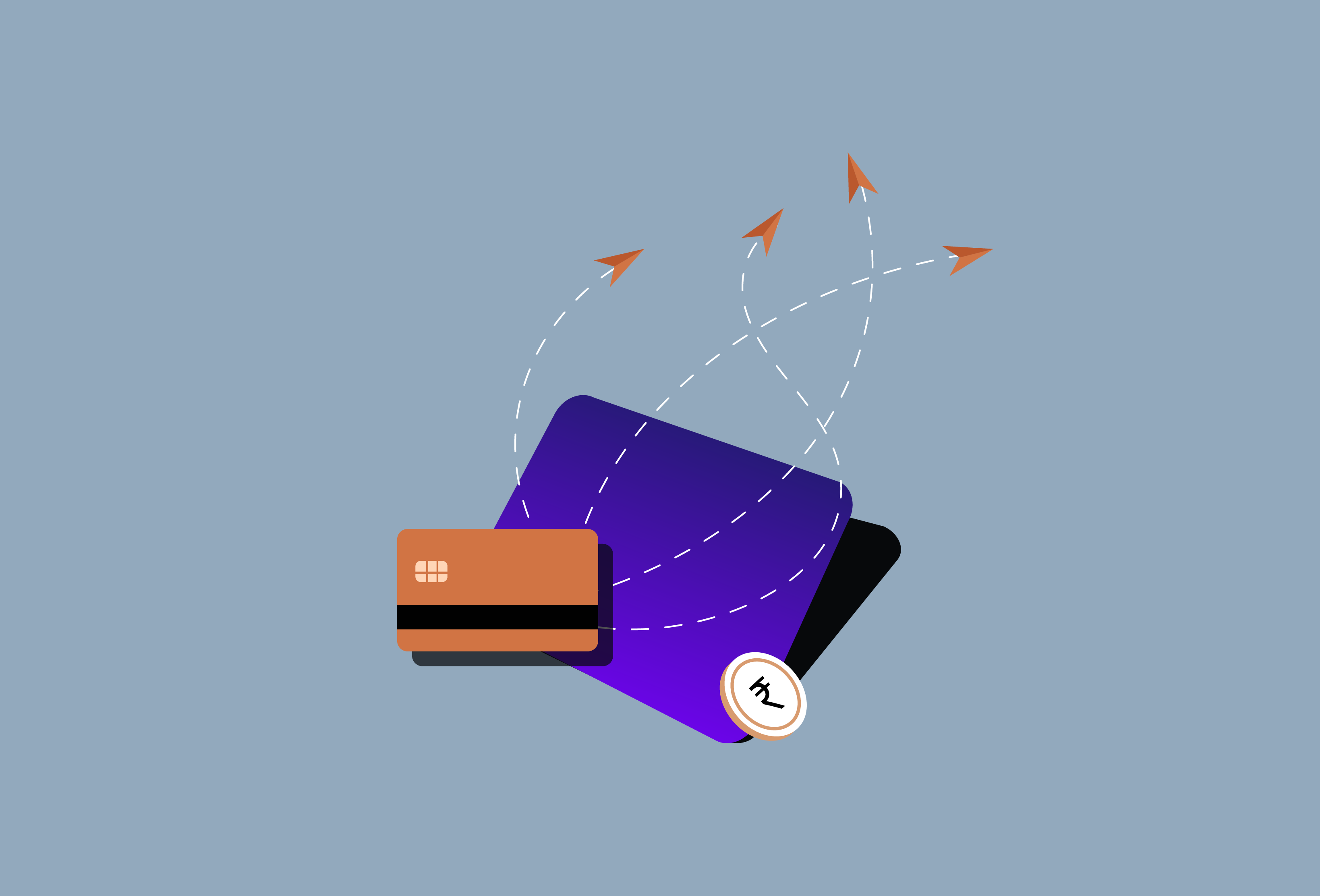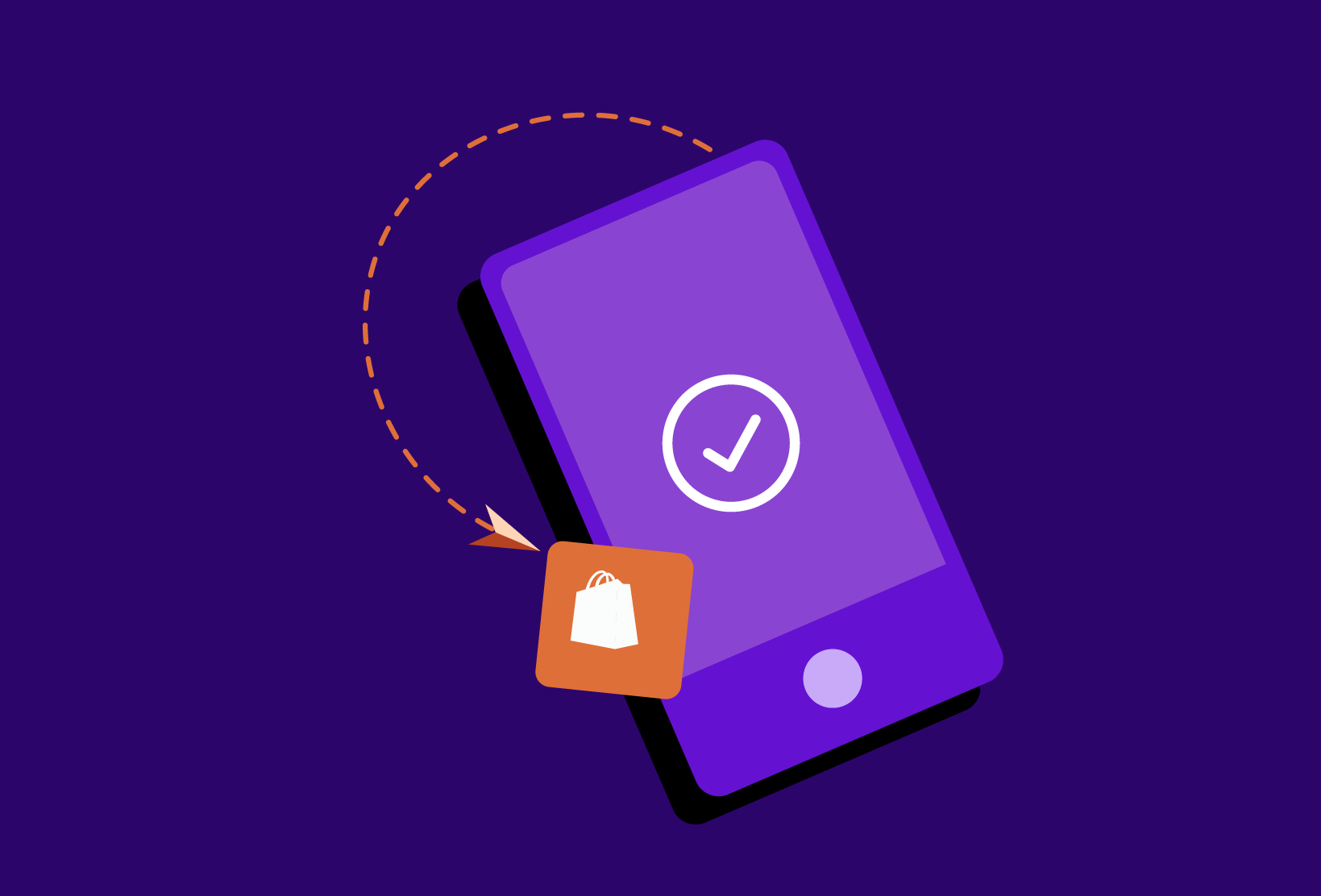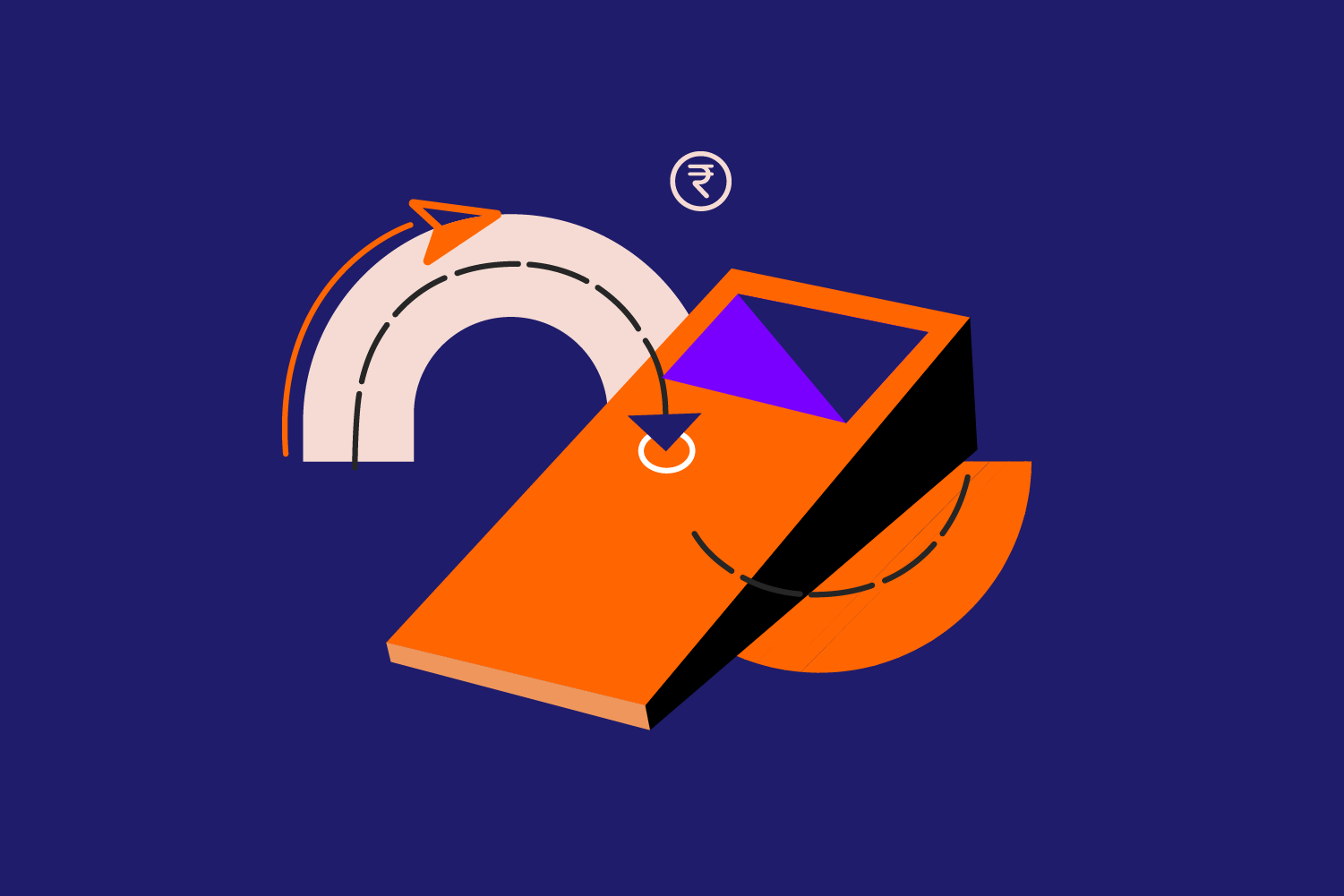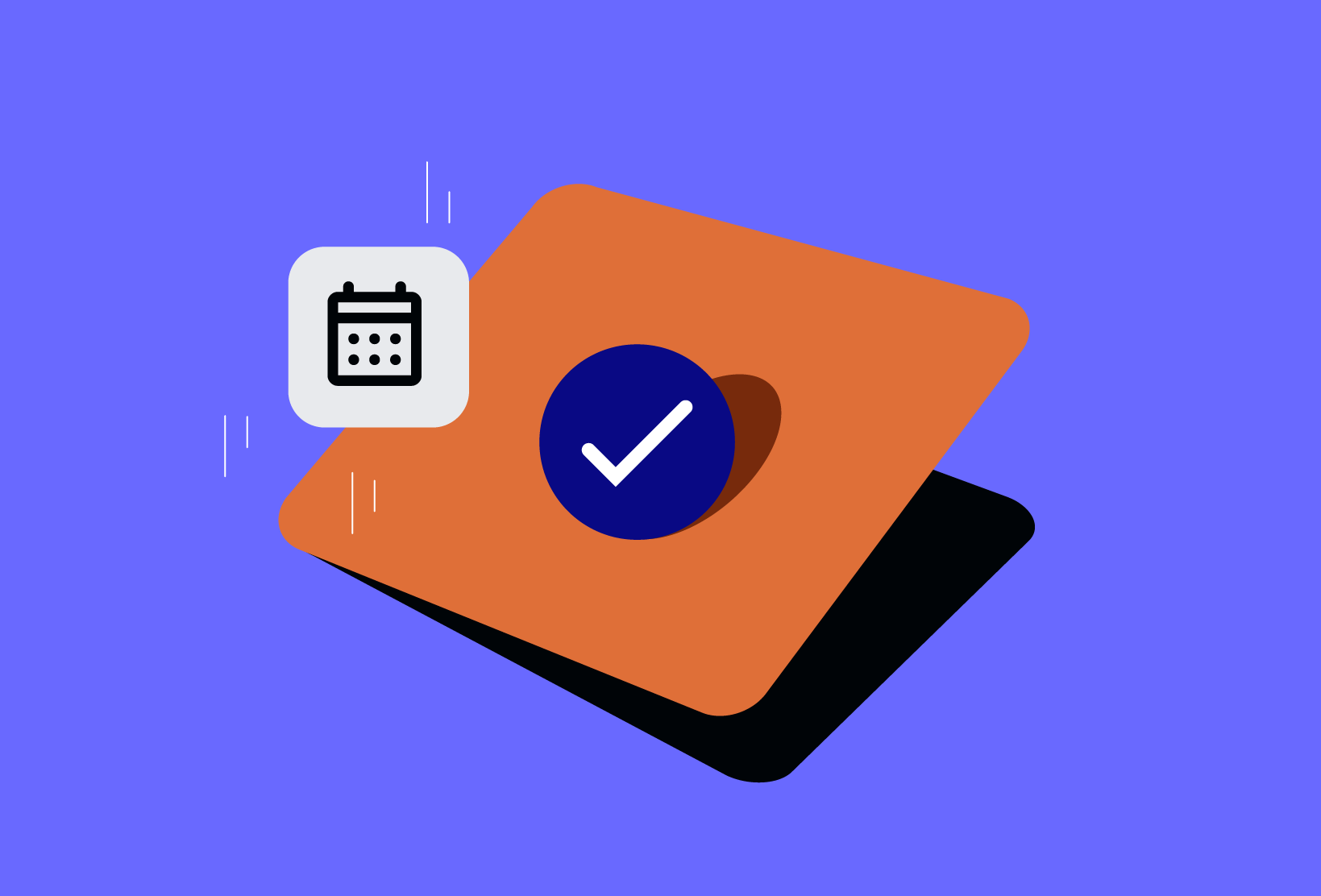The world of online business no longer stops at borders. A company might be based in one country, host its website on another continent, and serve customers across five time zones. This growing global reach has created one constant challenge for businesses of all sizes: how to manage payments that involve multiple currencies safely and efficiently.
That’s where secure multi-currency payment gateways come in. They form the backbone of international payment processing, ensuring that every transaction, no matter where it starts or ends, happens smoothly, accurately, and most importantly, securely.
This blog explores how payment gateways for multi-currency transactions actually work, the systems behind currency conversion, and the security measures that keep global payments safe.
The Challenge of Global Payments
When a customer in one country pays a business based in another, the process may seem as simple as entering card details and clicking “Pay.” But beneath the surface, multiple financial systems, currencies, and regulations interact in seconds.
For a business that sells globally—say, an online store accepting payments in USD, EUR, and GBP—every transaction needs to be processed, converted, and settled in a way that ensures both accuracy and security. Without a proper gateway, this can lead to payment delays, mismatched conversions, or even security risks.
International payment processing is complex because currencies fluctuate every minute, each region follows its own compliance rules, and the risk of fraud increases when payments cross borders. That’s why businesses rely on secure multi-currency payment gateways—to bridge these differences and make the global transaction process smoother.
What Happens Behind the Scenes in a Multi-Currency Transaction
The process starts the moment a customer chooses to pay in their local currency. Let’s take an example: a customer in France buys a product from a merchant based in Asia and pays in euros.
Here’s what happens next:
- Transaction Initiation:
The payment gateway collects the customer’s payment details through a secure checkout page. - Authorization:
The gateway sends the transaction request to the customer’s issuing bank (the bank that issued their card) through the card network—such as Visa or Mastercard—via the merchant’s acquiring bank. - Currency Conversion:
If the merchant’s settlement currency differs from the customer’s payment currency, the gateway or its partnered bank performs currency conversion based on current exchange rates. - Settlement:
Once approved, the funds are transferred to the merchant’s account in their preferred currency.
This entire process happens within seconds, even though it involves multiple intermediaries. A payment gateway for multi-currency transactions ensures that all of these steps are accurately synchronized to prevent errors or delays.
Currency Conversion and Settlement: Where Accuracy Matters Most
Handling multiple currencies accurately is one of the most critical parts of international payment processing. Businesses depend on real-time exchange rates to ensure fair conversion for both the customer and the merchant.
Secure multi-currency payment gateways work with trusted foreign exchange (forex) partners and acquiring banks to perform conversions. Most gateways update rates several times a day to reflect market conditions. Some advanced systems even lock the exchange rate at the moment of transaction, avoiding discrepancies caused by rate fluctuations during settlement.
Settlement, the process of transferring money from the customer’s bank to the merchant’s account, is another vital stage. To make this efficient, gateways maintain settlement accounts in multiple currencies. This helps merchants avoid unnecessary conversion fees and reduces reconciliation challenges.
For example, if a business regularly receives payments in euros and dollars, the gateway can settle funds directly into those currency accounts. This way, the business can later convert funds on its own terms or hold balances in different currencies depending on its needs.
Security Layers that Protect Cross-Border Payments
Security is at the heart of multi-currency payment gateways. When transactions cross borders, they move through multiple systems, making them potential targets for fraud. To counter this, gateways apply multiple layers of protection that work simultaneously.
Here are some key security practices:
- PCI DSS Compliance:
All major payment gateways follow the Payment Card Industry Data Security Standard (PCI DSS). This ensures that card data is encrypted, stored securely, and never exposed to unauthorized parties. - Encryption and Tokenization:
Sensitive card information is encrypted the moment a transaction is initiated. Tokenization replaces card details with a unique digital token, meaning the merchant never handles raw card data directly. - Fraud Detection Systems:
Gateways use machine learning and rule-based systems to detect suspicious activity. For instance, if a transaction originates from a high-risk region or shows unusual spending behavior, it may be flagged for review. - Geo-based Risk Assessment:
Transactions are analyzed based on location, device type, and IP address. If something doesn’t match a user’s usual pattern—say, a sudden purchase from another country—the system can block or verify it.
These layers work together to make sure that international payment processing remains safe, reducing the risk of chargebacks, data theft, or unauthorized use.
The Role of Compliance and Local Regulations
Every country has its own rules for processing digital payments, and staying compliant is crucial for both businesses and gateways. A secure multi-currency payment gateway must align with regulations set by authorities in each region it operates in.
For example, in some regions, regulators require strict KYC (Know Your Customer) and AML (Anti-Money Laundering) checks. These ensure that the identities of both merchants and customers are verified before any large or recurring transactions take place.
Compliance is not just about following rules—it’s about building trust. When a gateway adheres to international and local standards, customers feel confident using it, and businesses face fewer disruptions due to policy or legal issues.
Gateways also follow data protection laws, ensuring that personal and financial information is stored and processed according to privacy standards. This helps prevent misuse of data and keeps users’ trust intact.
Benefits for Businesses Using Secure Multi-Currency Gateways
For businesses that sell internationally, adopting a payment gateway for multi-currency transactions is more than just a technical choice, it’s a strategic one. Here are some key benefits:
- Localized Customer Experience:
Customers prefer paying in their local currency. When they see familiar pricing, it builds trust and increases the likelihood of completing a purchase. - Faster Settlements:
With dedicated currency accounts and efficient routing, businesses receive payments faster, which improves cash flow. - Reduced Conversion Costs:
Multi-currency gateways minimize unnecessary conversions and related fees, letting merchants hold funds in foreign currencies or convert them at favorable rates. - Stronger Security:
Built-in fraud detection and compliance protocols reduce the risk of data breaches or chargebacks. - Global Reach:
Businesses can accept payments from multiple countries without setting up separate banking relationships or systems for each market.
In short, a secure multi-currency payment gateway simplifies the complex process of global payments, helping businesses focus on growth instead of operational hurdles.
The Future of Multi-Currency Payments
As global commerce continues to expand, international payment processing will keep evolving. Technologies like blockchain, artificial intelligence, and real-time payment networks are already shaping the future of cross-border transactions.
For instance, blockchain-based settlements could eliminate the need for intermediaries, reducing transaction times and costs. AI-driven fraud detection systems are becoming smarter, identifying risks faster and more accurately. And new payment rails are emerging to make international transfers almost instant.
However, even as technology advances, the foundation will remain the same—security, compliance, and reliability. Businesses that invest in secure multi-currency payment gateways today are preparing themselves for a future where cross-border transactions become as effortless as local payments.
Conclusion
Managing global transactions isn’t just about converting one currency into another. It’s about ensuring accuracy, trust, and security at every step.
Payment gateways for multi-currency transactions play a crucial role in achieving this balance. They connect businesses to customers around the world, handle conversions with precision, and safeguard every payment with advanced security measures.
In a world that’s becoming more connected every day, these gateways are what make international trade not only possible but also reliable. For any business looking to grow beyond borders, choosing the right secure multi-currency payment gateway is one of the smartest steps toward building a truly global brand.





